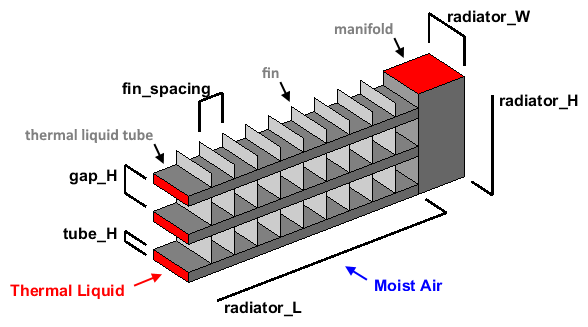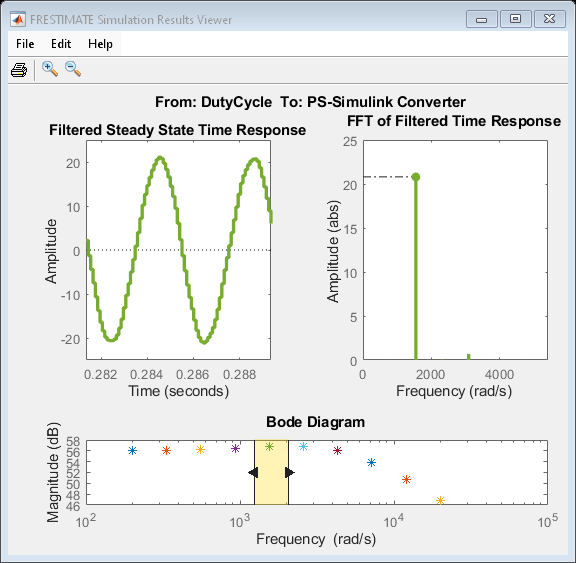传递函数模型
传递函数模型
传递函数模型使用多项式的比率描述系统输入和输出之间的关系。模型阶数等于分母多项式的阶数。分母多项式的根称为模型极点。分子多项式的根称为模型零点。
传递函数模型的参数是其极点、零点和传输延迟。
在连续时间下,传递函数模型采用以下形式:
这里,Y(s)、U(s) 和 E(s) 分别表示输出、输入和噪声的拉普拉斯变换。num(s) 和 den(s) 表示定义输入和输出之间的关系的分子和分母多项式。
有关详细信息,请参阅What Are Transfer Function Models?
App
| 系统辨识 | 从测量数据辨识动态系统模型 |
函数
主题
传递函数模型基础知识
- What Are Transfer Function Models?
Transfer function models describe the relationship between the inputs and outputs of a system using a ratio of polynomials. - Estimate Transfer Function Models in the System Identification App
Use the app to set model configuration and estimation options for estimating a transfer function model. - 在命令行估计传递函数模型
在命令行估计传递函数模型的一般工作流程。 - Data Supported by Transfer Function Models
Characteristics of estimation data for transfer function identification.
估计传递函数模型
- 通过指定极点点数估计传递函数模型
此示例显示如何辨识包含给定数据指定数量极点的传递函数。 - Estimate Transfer Function Models with Transport Delay to Fit Given Frequency-Response Data
This example shows how to identify a transfer function to fit a given frequency response data (FRD) containing additional phase roll off induced by input delay. - Estimate Transfer Function Models with Prior Knowledge of Model Structure and Constraints
This example shows how to estimate a transfer function model when the structure of the expected model is known and apply constraints to the numerator and denominator coefficients. - Estimate Transfer Functions with Delays
This example shows how to estimate transfer function models with I/O delays. - Estimate Transfer Function Models with Unknown Transport Delays
This example shows how to estimate a transfer function model with unknown transport delays and apply an upper bound on the unknown transport delays.
频域故障排除
- Troubleshoot Frequency-Domain Identification of Transfer Function Models
Improve frequency-domain model estimation by preprocessing data and applying frequency-dependent weighting filters.
模型初始化和结构参数
- Transfer Function Structure Specification
Specify the values and constraints for the numerator, denominator and transport delays. - Specifying Initial Conditions for Iterative Estimation of Transfer Functions
Specify how initial conditions are handled during model estimation in the app and at the command line.

